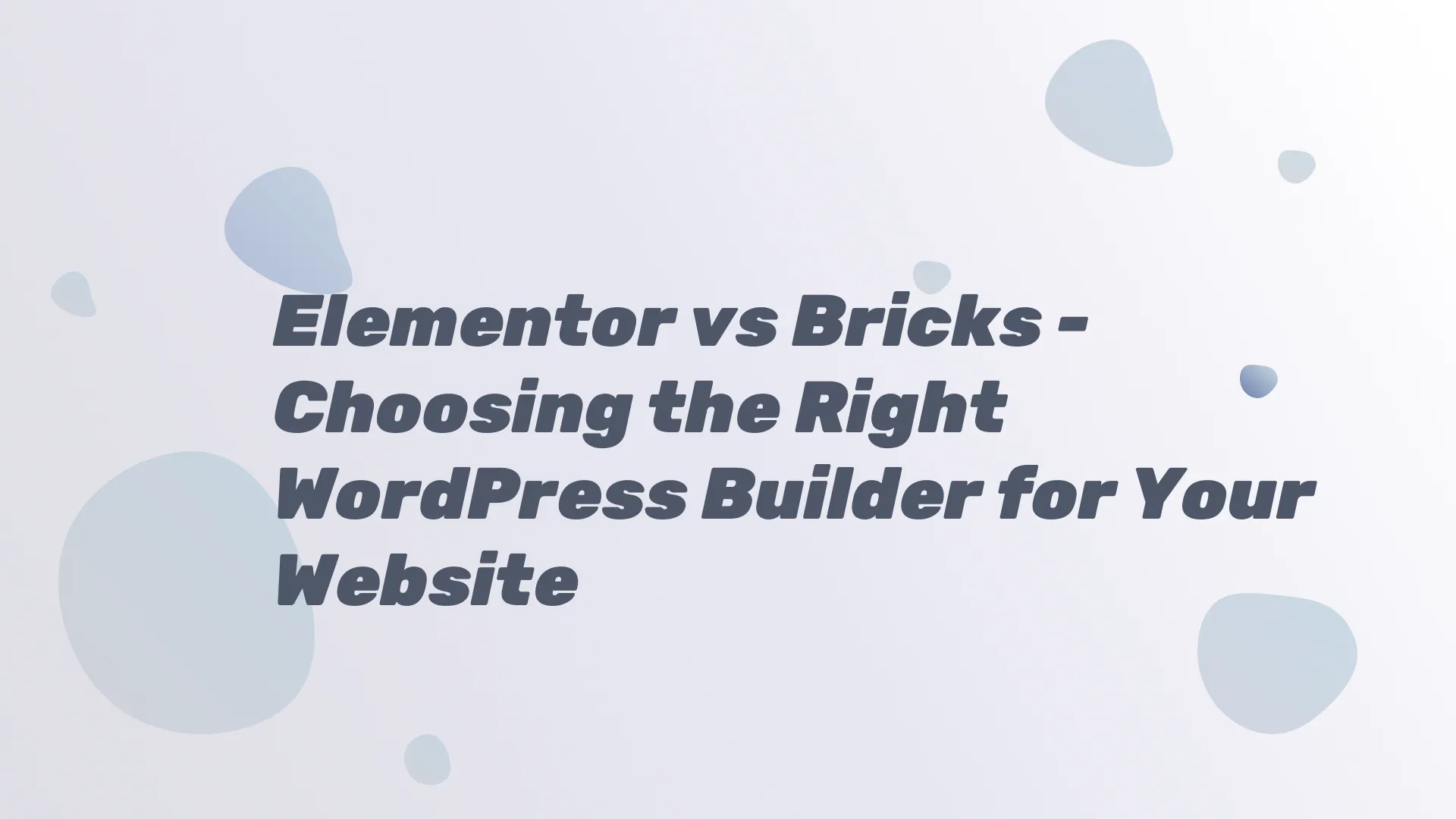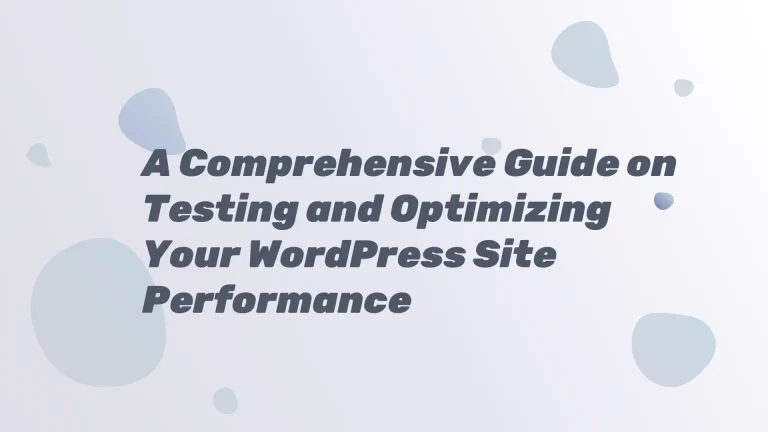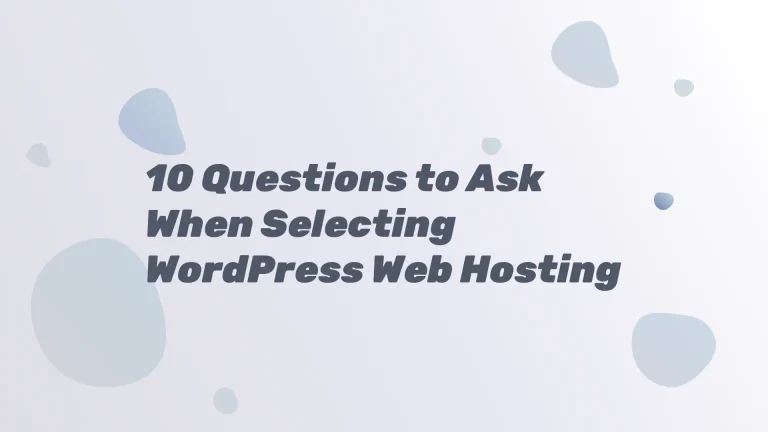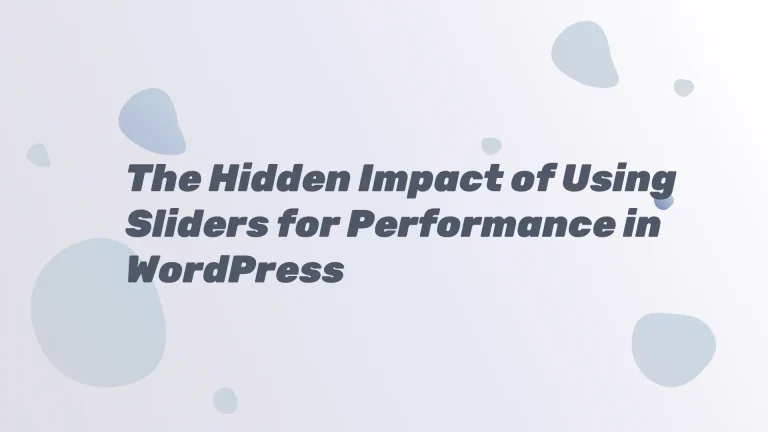Introduction:
In the vast realm of WordPress website development, choosing the right page builder can be a daunting task. With an abundance of options available, two titans stand out in the crowd—Elementor and Bricks. These WordPress builders have garnered significant attention for their user-friendly interfaces, powerful features, and innovative approaches to web design. In this showdown, we’ll explore the strengths and weaknesses of Elementor and Bricks, helping you make an informed decision for your next website project.
User Interface and Ease of Use:
Elementor has long been hailed for its intuitive drag-and-drop interface. Users can effortlessly design and customize their websites without any coding knowledge. The live editor provides a real-time preview of changes, making the design process smooth and efficient.
On the other hand, Bricks takes a unique approach with its “visual editor inside the WordPress editor” concept. It seamlessly integrates into the default WordPress editor, allowing users to work within a familiar environment while still enjoying advanced design capabilities. This can be a game-changer for those who prefer not to switch between different interfaces.
Design Flexibility and Customization:
Elementor boasts a vast library of pre-designed templates and elements, enabling users to create visually stunning websites quickly. The builder also supports third-party add-ons, opening up endless possibilities for additional features and functionalities.
Bricks, however, shines in its innovative approach to design freedom. It introduces the concept of dynamic content templates, allowing users to create templates that automatically adapt to different content types. This unique feature streamlines the design process, making it efficient and highly customizable.
Performance and Speed:
Website speed is a critical factor for user experience and search engine rankings. Elementor has consistently focused on optimizing its code for performance, ensuring that websites built with the builder load quickly. It also offers features like lazy loading and asset optimization to further enhance speed.
Bricks takes a performance-centric approach as well, emphasizing lightweight code and efficient rendering. Its unique feature called “Bloom” enables users to disable unnecessary assets on a per-page basis, contributing to a faster website loading time.
Community and Support:
Elementor has a massive community of users, developers, and designers. This bustling ecosystem means that finding solutions to common issues, accessing tutorials, and exploring third-party extensions is a breeze. The Elementor team actively engages with the community, fostering a collaborative environment.
Bricks, while newer to the scene, has rapidly gained a dedicated user base. The developers behind Bricks are proactive in addressing user concerns and regularly update the builder to meet evolving industry standards. The growing community suggests that Bricks is on the right track to becoming a formidable force in the WordPress builder arena.
Pricing:
Elementor offers a freemium model, allowing users to access a basic version for free and then opting for a Pro subscription to unlock advanced features. The Pro version is available in different pricing tiers, catering to the needs of various users, from freelancers to agencies.
Bricks follows a similar pricing model, with a one-time payment for a lifetime license. This can be an attractive option for those who prefer a one-time investment over recurring subscription fees. It’s worth noting that both builders provide excellent value for the features they offer.
Conclusion:
In the battle of Elementor vs. Bricks, both builders have carved out their niches, catering to different preferences and requirements. Elementor stands tall with its extensive template library, user-friendly interface, and established community. On the other hand, Bricks’ innovative visual editor integration and performance-focused features make it a strong contender for those who crave design flexibility and efficiency.
Ultimately, the choice between Elementor and Bricks boils down to personal preference, project requirements, and workflow preferences. As the WordPress builder landscape continues to evolve, these two giants will undoubtedly remain at the forefront, pushing the boundaries of what is possible in web design. Whether you opt for the familiarity of Elementor or the groundbreaking approach of Bricks, you’re sure to embark on a journey of seamless website creation and unparalleled design freedom.





